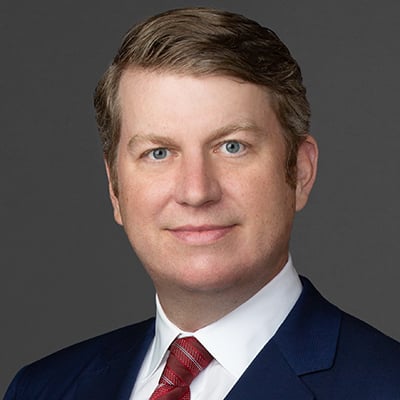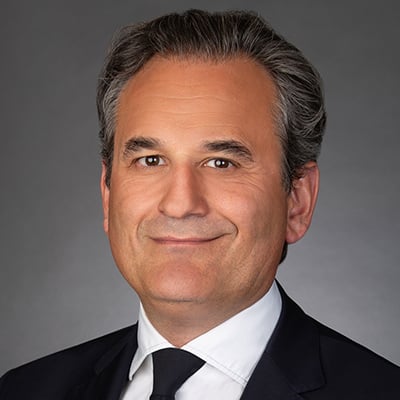The American Lawyer's 2023 Dealmakers of the Year
Kirkland & Ellis, Doug Bacon and Roald Nashi were recognized in The American Lawyer’s 2023 "Dealmakers of the Year" feature for the Firm's role advising Brookfield Infrastructure Partners on its $30 billion joint venture with Intel Corp.
You can use numerous high-level metrics to measure the impact of a deal. Time spent. Resources required. Dollar value. But when you get a shout-out in the president’s State of the Union speech, odds are, you’ve done something big.
Such is the case with Kirkland & Ellis’ work on a first-of-its-kind joint venture between Brookfield Infrastructure and Intel to construct, develop and run a chip-making foundry in Chandler, Arizona. The $30 billion deal, which united one of the largest private infrastructure investors in the world with the world’s largest semiconductor chip manufacturer, took six months and involved roughly 50 of the firm’s lawyers. President Joe Biden cited the deal as an example of how the $280 billion CHIPS and Science Act was beefing up the domestic tech supply chain—and helping Intel create “a literal field of dreams” with new domestic factories.
What made the deal especially complex and groundbreaking, says Kirkland debt finance partner Roald Nashi, is that it was financed like infrastructure rather than a manufacturing project.
“Why is that important? Why would you want to do that?” Nashi asks. “By doing what we did, we were able to raise infrastructure-like debt, which is much cheaper debt than you would otherwise access in capital markets, so investment leverage is much lower. So, that is the exercise that I don’t think had quite been done before.”
Nashi says Brookfield, a long-time client, came to Kirkland with just a sketch of what it wanted to do— Intel wanted to build a semiconductor chip factory, and the CHIPS Act was a component of its investment, but they also wanted to raise private capital separately through a joint venture agreement.
“It was a blank canvas otherwise,” Nashi says.
The lawyers prepared four or five structures that got “refined, refined, and refined,” with specialists at the firm in real estate, tax, IP, environment and other areas also lending hands. Doug Bacon, a partner in M&A and private equity who also spearheaded the deal, says the process involved “hundreds of decision points.”
“You factor in the political framework, the policy objective, the focus of the transaction from a national strategic interest perspective, the fact it was very public, and in addition to that, breaking new ground, as Roald describes, in the way you think of financing a transaction like this—it just required a really, really first-rate effort across so many different disciplines to execute that transaction,” Bacon says. “The more moving pieces, the more risk, the more chances for failure. And on this one, the needle was thread multiple times around different challenges to accomplish the goal.”
Nashi adds the deal may well have kickstarted a trend when it comes to deploying infrastructure solutions and debt to capitalize projects that haven’t been traditionally thought of as infrastructure. “It’s the start of something big within infrastructure investment,” he says, adding: “It’s attracted a lot of attention from some of the top players in this field. Not just in manufacturing, but broadly, in automotives, software and technology. Infrastructure solutions have a large role to play in that regard.”

